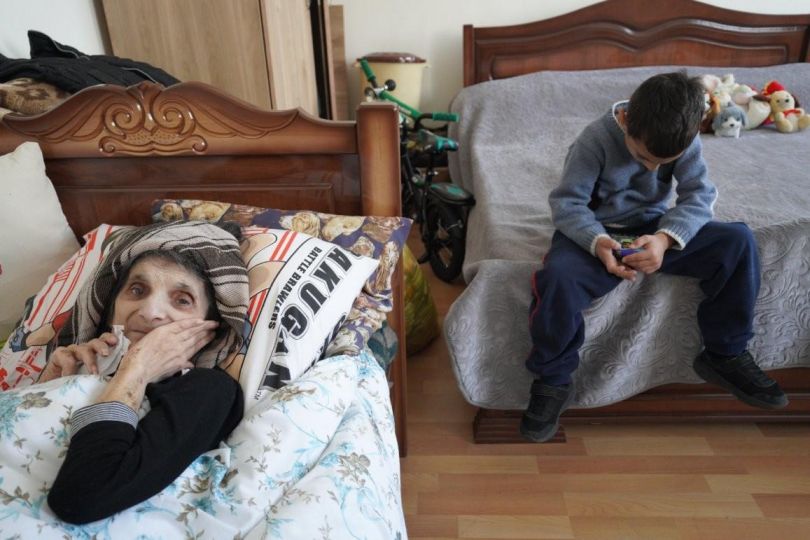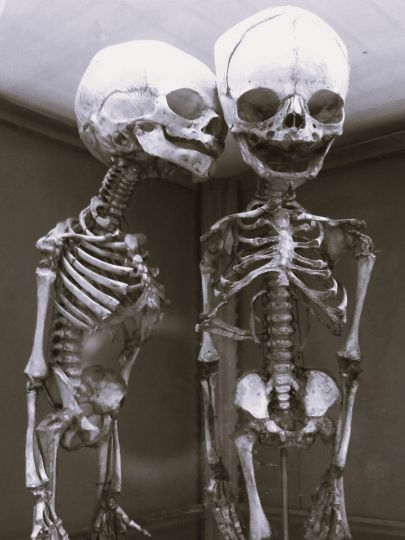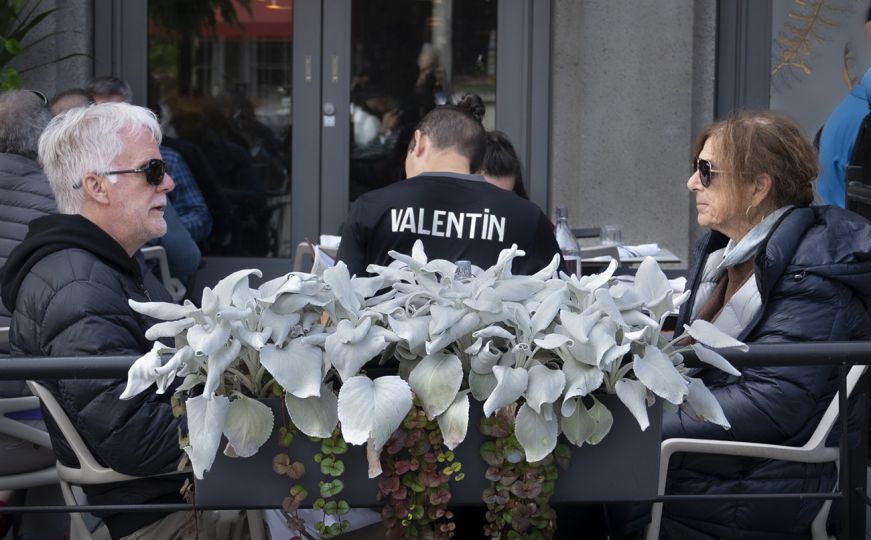“Masturbation is not permitted during the entire duration of the exhibition.” This is what the invitation to François-Marie Banier’s exhibition in Stuttgart at Abtart informed. It showed his last works, his painted photographs, his written images and his traditional portraits.
Here is a text by Jan Hoet who presents François-Marie Banier:
“While writing can delineate a voice, a laugh, there is something indefinable and wonderfully human, and sometimes very simple, that escapes the pen or even the most realistic brush. Oddly enough it is the photographer who catches this indescribable something.”
Francois-Marie Banier
When we talk of Francois-Marie Banier we are not speaking only of an eminent authority in the field of photography. We are speaking of one of the greatest artists of his time, capable as is no other of amalgamating photography, literature and painting. Few photographers can point to such a broad spectrum of subjects and motifs. Celebrities like Johnny Depp, Yves Saint Laurent, Michel Piccoli or Vladimir Horowitz are fixed in his work with the same lively, searching interest as the odd characters on the fringes of society, the anti-heroes of everyday street scenes: tramps, “weirdos”, drawn discerningly from life. They are the object of Banier’s special love. Mercilessly, his gaze penetrates reality and often finds an unsettling beauty in the most unexpected places.
The artist lets himself be guided by his unerring feeling for the single magic moment as he decides when to press the shutter button to capture in the picture of his subject a profound inner truth which is quickly lost to the fleeting glance of routine. The single moment that shows the person unsparingly, unposed, hidden behind no mask. “When (…) I sense a hint of the desire to look different – or, even worse, to connive, I stop. Or I keep going until they forget the camera.” (Banier) Banier’s photographs are a metamorphosis is a dual sense: movement becomes stasis when the shutter captures the single chosen moment on the light-sensitive surface of the photographic paper. Banier now overwrites this petrified memory like a virtuoso.
The artist weaves his memories and thoughts in text patterns executed with calligraphic delicacy straight onto the subject of the picture, concealing some parts of it, while others only stand out after this treatment. Very often, Banier leaves the faces of his portrait subjects untouched, a conceptual focus. This creative process opens up a new sensory level: the photo is no longer just looked at, but literally read. Yet in this process, the text does not elucidate the picture, neither does the picture illustrate the story. What is seen is overlaid in the mind’s eye with images created by the matter read. The visual form is translated into a thought-form. The rhythm and direction of the textual flow cling to the subject of the picture as an aesthetic form, or in some parts overwhelm it to the point of being unrecognizable. “Excuse me. I’ve taken up all the roof.” In the last analysis, the photography merges into chromatically and fluidly self-willed painting. Inherent in it is an open commitment to imperfection, a questioning of order that self-evidently extends to the medium of photography and an emphatic inclination towards the colourful. Banier brings into being numerous collages that represent a blurring of the boundaries between photography, painting and literature, and that raise the subjects of the portraits – be they from high society or the poorhouse – to iconic status.
Jan Hoet
(Translation : Mark Harvey)
Die Metamorphose des Augen-Blick (La métamorphose du moment)
Galerie Abtart
Rembrandtstrasse 18
70567 Stuttgart
















